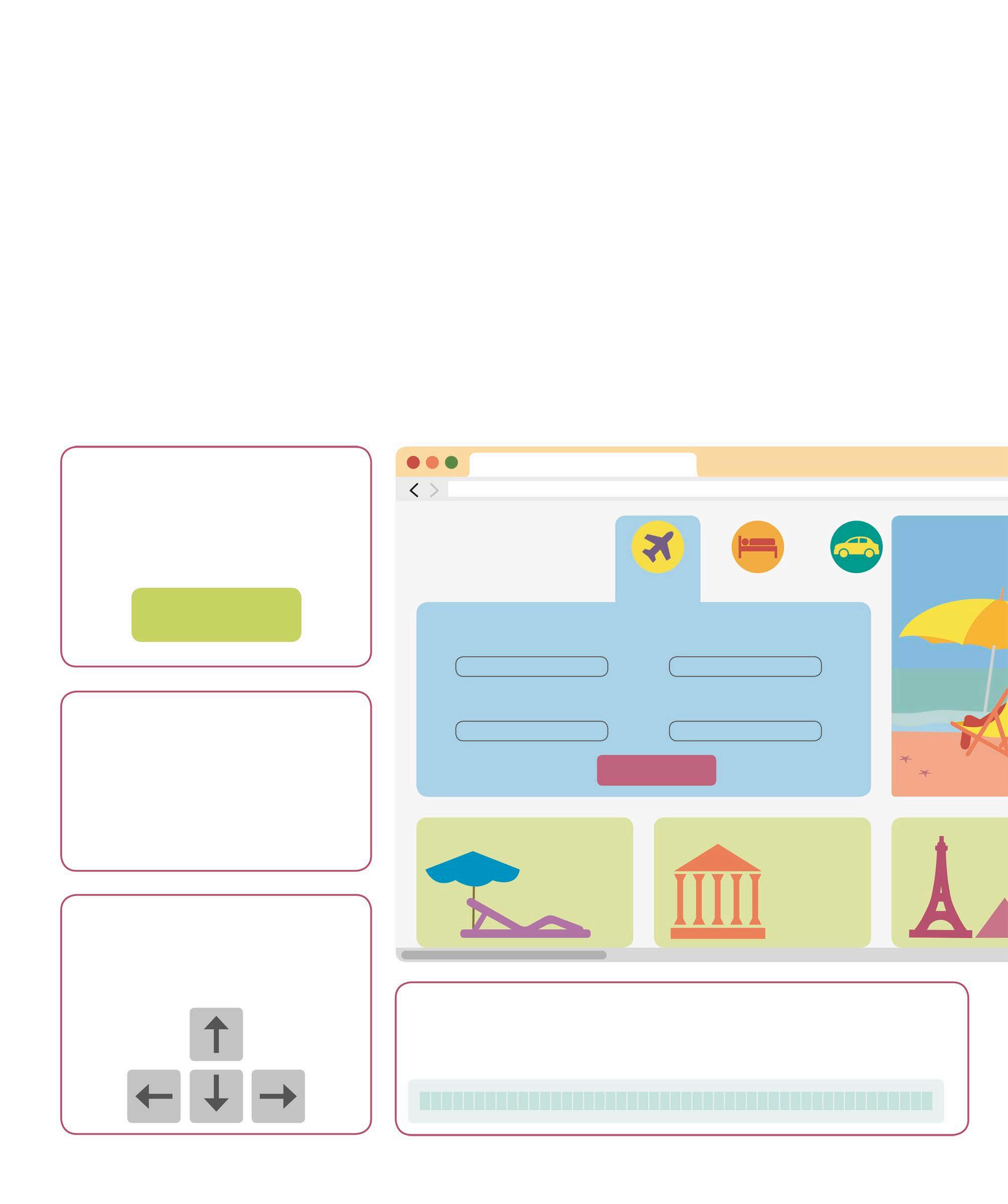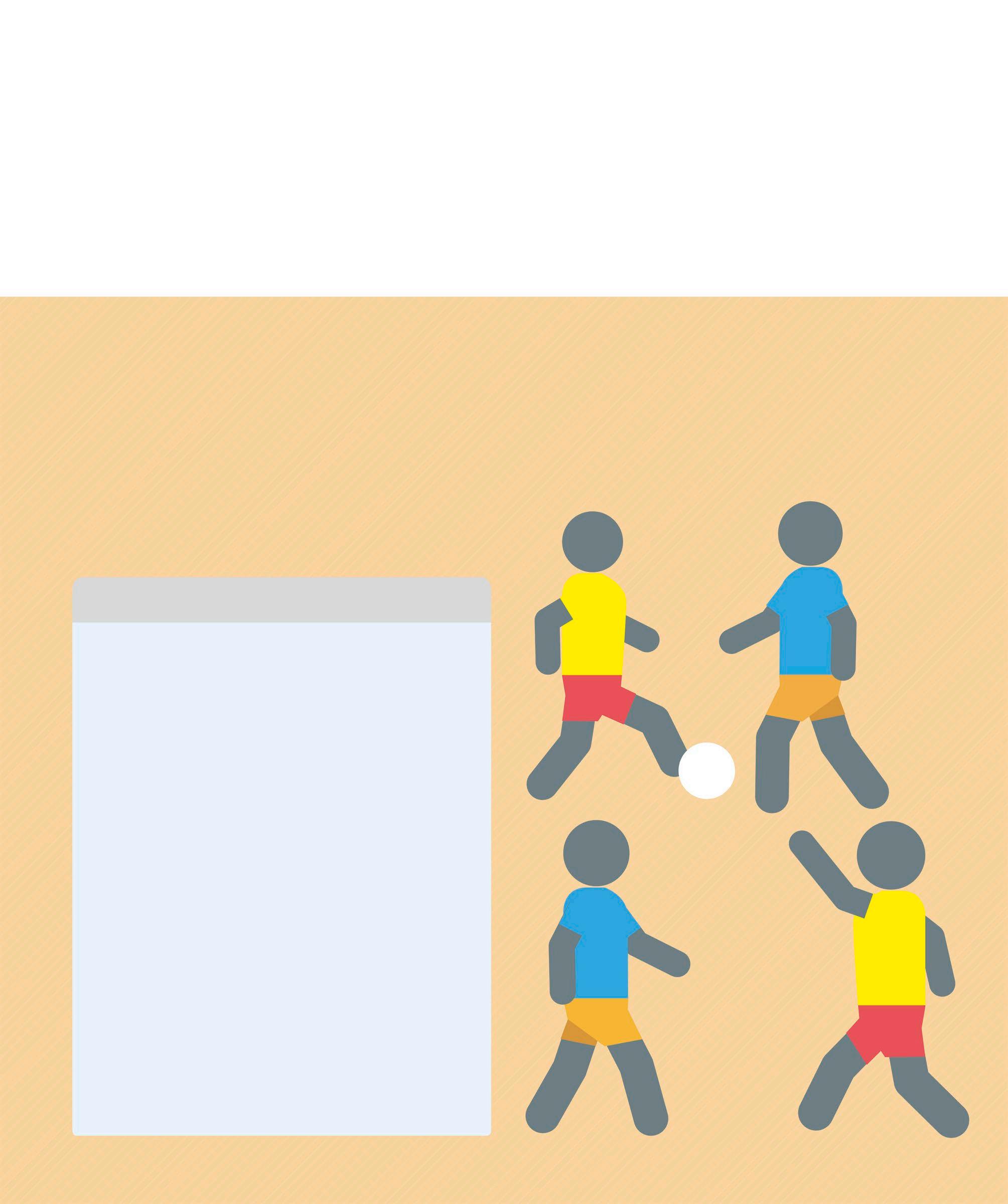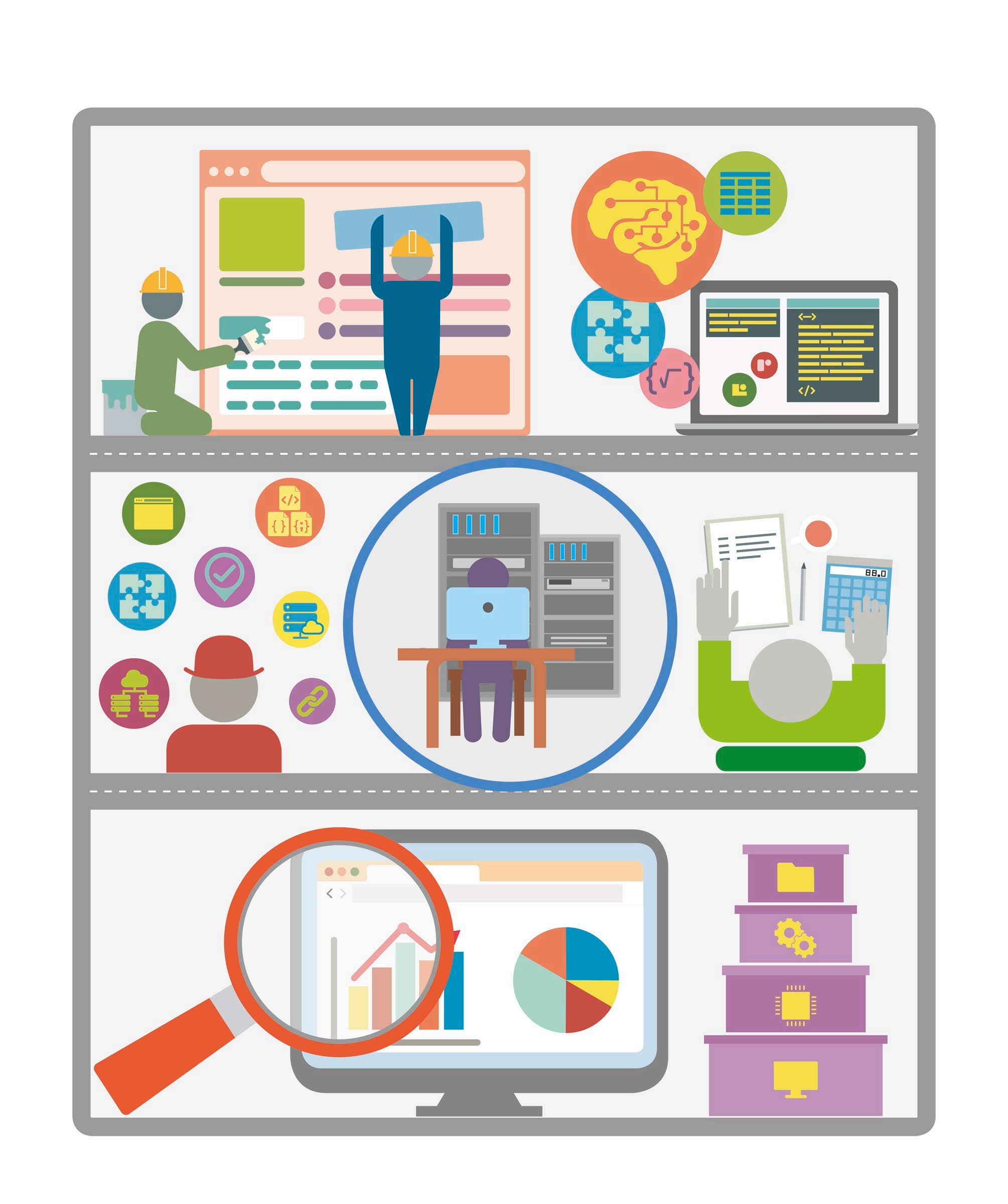Programming languages A programming language is a set of words and symbols that allows people to write instructions for a computer. There is sometimes a compromise between how easy the language is to use and how powerful it is. High- and low-level languages High-level programming languages are designed to be easy to use without needing a detailed understanding of the computer hardware. They often use words that are similar to human language, and manage some aspects of the computer automatically. Often, the same HIGH-LEVEL LANGUAGES • Relatively fast to write • Relatively easy to understand • Usually fast enough in execution • Programs can be used on different hardware • No need to understand hardware
program can run on different hardware if it is written in a high-level language. By contrast, low-level languages give programmers granular control over the computer, but also require a deeper understanding of how it works. Programs written in a low-level language might not work on other hardware. Instruction to display some text
print("Hello!") Python A popular high-level language, Python is easy to read and write. This instruction puts the message “Hello!” on the screen.
This is hexadecimal, a common counting system in computing
LOW-LEVEL LANGUAGES • Direct control of hardware features • Can increase speed of highly performance-sensitive code • Requires an understanding of the hardware • Program only works on the same or similar processor
MOV AX, 66H Assembly language Assembly language more closely reflects the processor's machine code. This example takes a number and places it into the part of the processor called the accumulator.














































